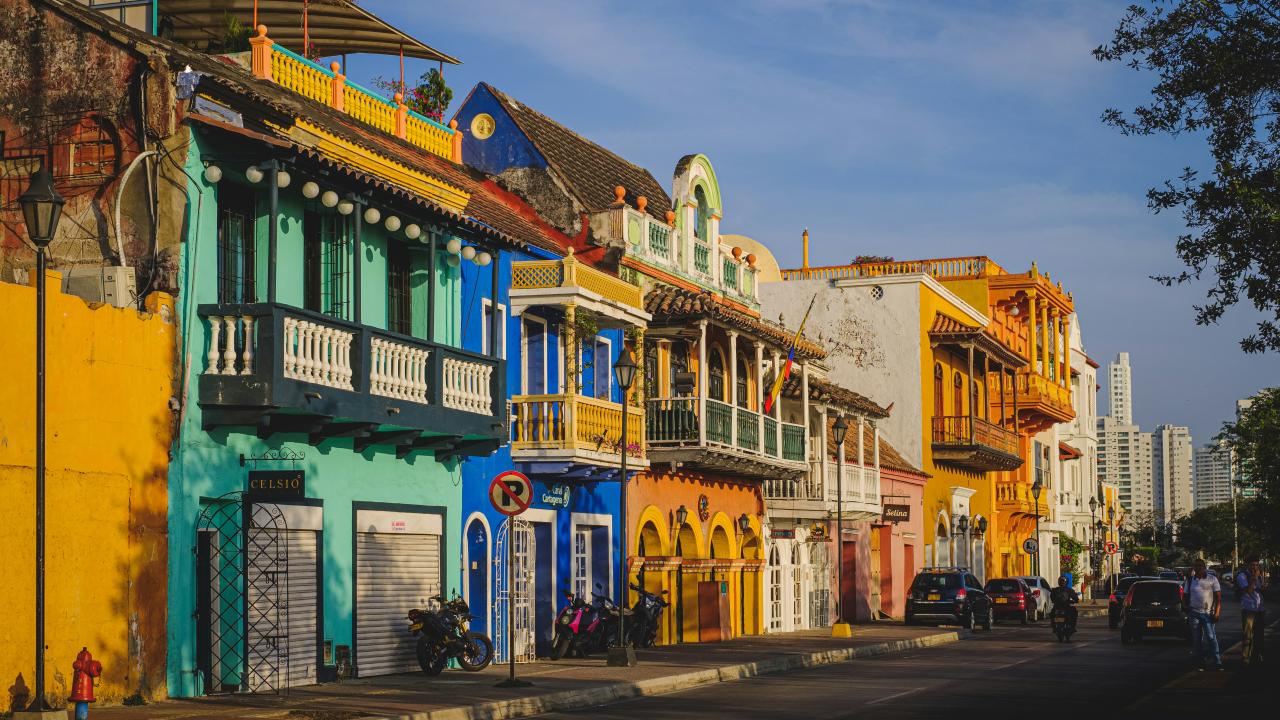
This was announced this morning by the National Administrative Department of Statistics (DANE), which also translates as a new historical low point in this matter.
Multidimensional poverty, that is, that which measures how bad the quality of life of Colombian households is, registered a new reduction in 2023. This was announced this morning by the National Administrative Department of Statistics (DANE) by reporting that the index was 12.1% (which is the percentage of households living in conditions of multidimensional poverty).
This is 0.8 percentage points lower than that recorded in 2022, which not only translates into a statistically significant variation (a significant reduction), but also consolidates a new historical low point in this matter.
However, if the results of the last ten years are analyzed, it is also found that the reduction in 2023 has been the lowest.
In the main capitals of the country the multidimensional poverty rate was 8.3%, while in populated, rural and dispersed centers it was 25.1%, which highlights the conditions of inequality that remain latent.
However, it stands out that in populated, rural and dispersed centers the reduction in this indicator was 2.2%, which is also a statistically significant variation. In the headwaters the mitigation was just 0.4 percentage points.
In more grounded figures, DANE details that in the country there are 6.27 million people in a condition of multidimensional poverty, which means that, from 2022 to 2023, 338,000 Colombians left this condition.
In the main capitals, 3.33 million people were in multidimensional poverty, while in populated, rural and dispersed centers there were 2.93 million.
By territory, the Caribbean region was the one with the highest monetary poverty rate, with 20.1%, that is, 2.38 million people. This was followed by El Pacífico -not including Valle-, with 19.4% (723,000 people); Central -not including Antioquia-, with 11.2% (624,000 people); Eastern, with 11.1% (1.11 million people); Antioquia, with 9.5%; Valle del Cauca, with 7.2% (333,000 people); and Bogotá, with 3.6% (283,000 people).
The largest contraction was seen in Valle del Cauca, with 2.5 percentage points. It is followed by the Pacific region, with a negative variation of 1.3 percentage points, as well as the Caribbean (-1.3%), Antioquia (-1.2%), Central (-0.5%), Bogotá (-0 .4%) and Oriental, which increased 0.4%.










